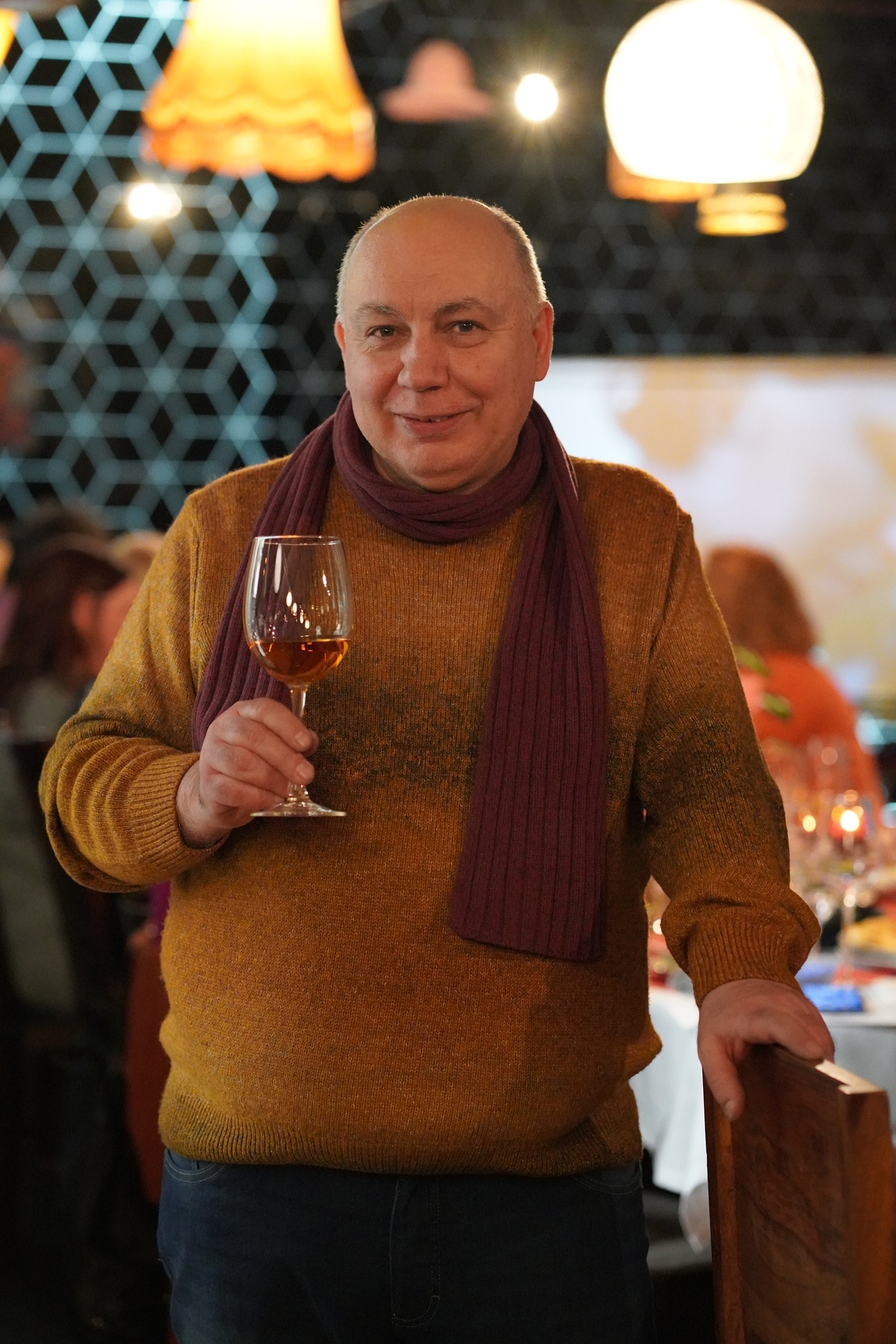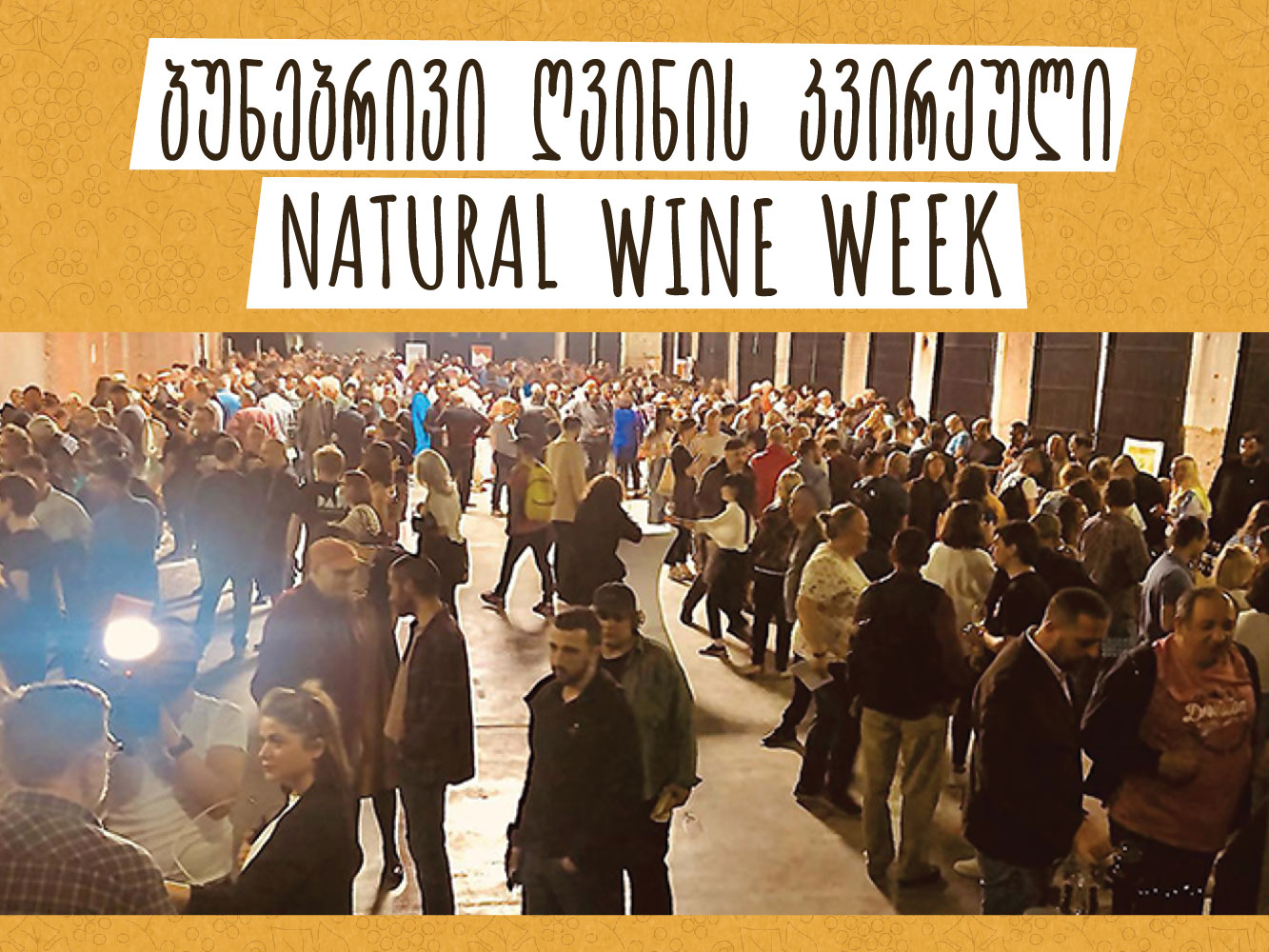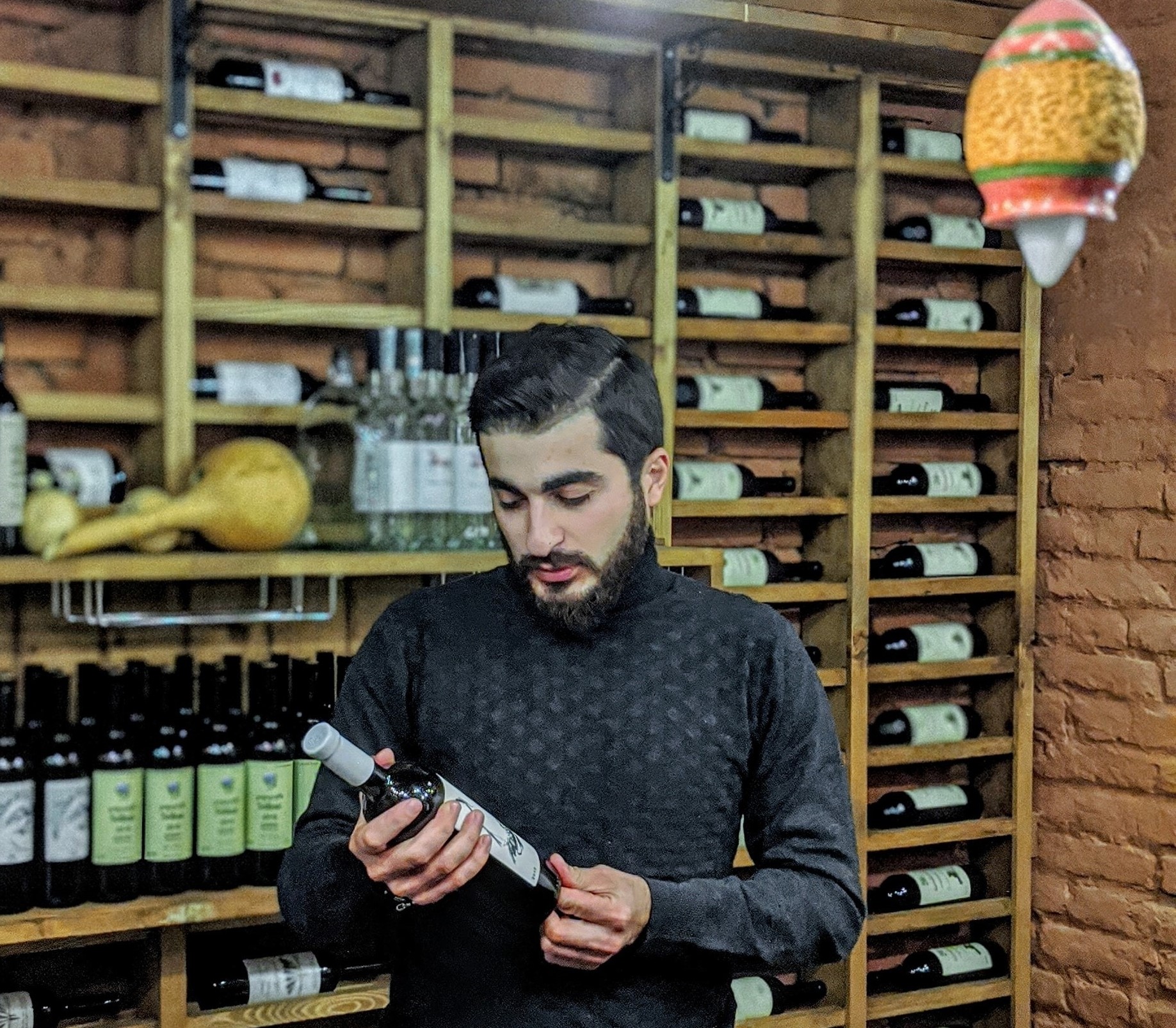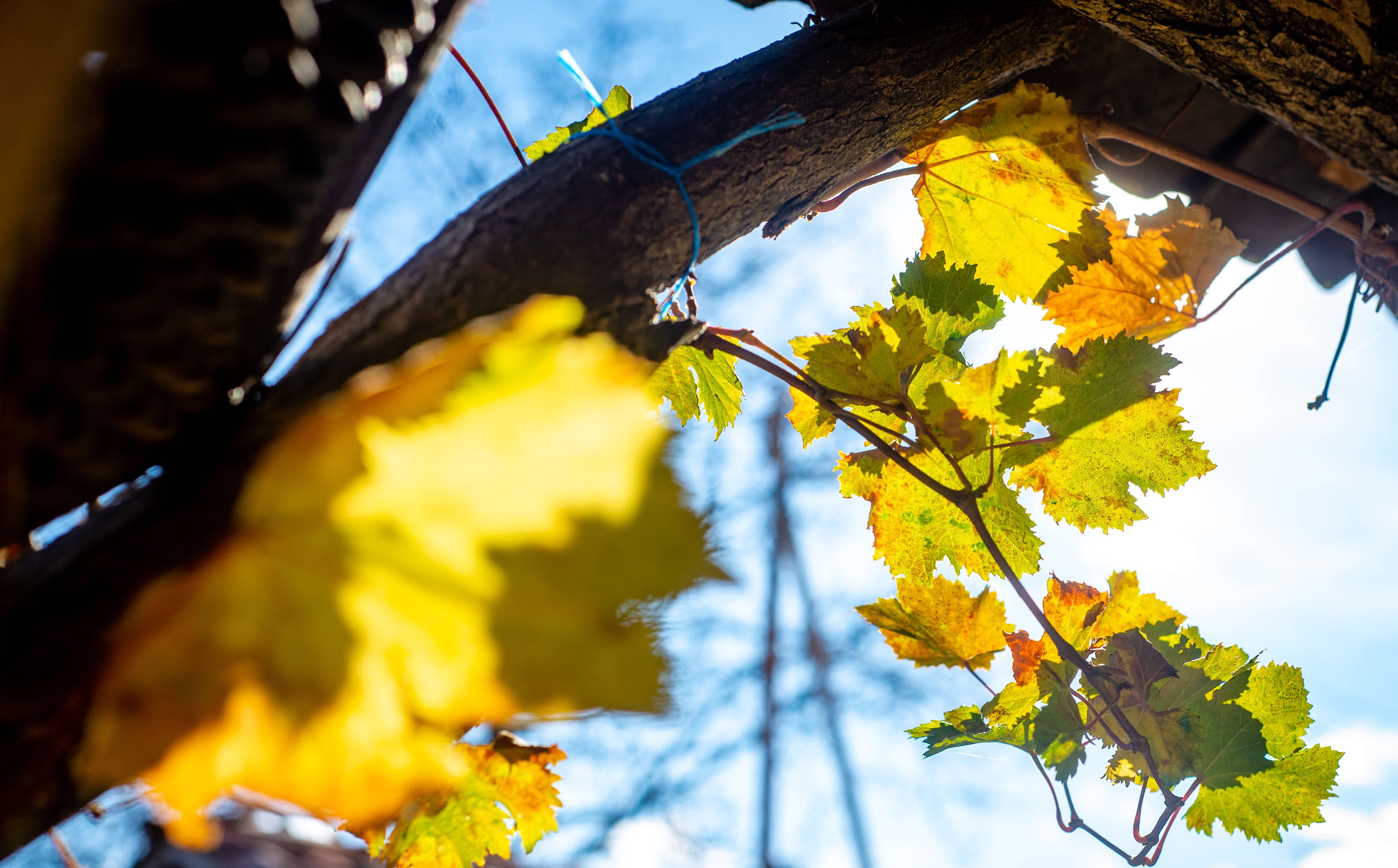News . 29-04-2023

European consumers are mainly looking for quality, freshness, and something special in Georgian wine.
Unfortunately, the Georgian wine market is not self-sufficient. Many of our winemakers are eager to find foreign markets to sell their wine after establishing their Maranis. Wine festivals are particularly helpful in this regard, as they provide opportunities for winemakers and importers to meet face-to-face and make deals. Interest in Georgian natural wine produced by small wineries is growing every year in Western markets. However, the dynamics of sales growth are still not desirable.
Importers of Georgian natural wine are predominantly foreigners. Recently, it has been gratifying to see Georgian wine merchants also starting to sell natural wine. One notable merchant is Paata Bolotashvili, who has been selling Georgian wine in Europe for years. Since 2009, he has been interested in exporting Georgian wine to Europe, and over the past 15 years, he has handled wines of various styles, regions, contents, and price segments.
NWA.GE discussed with Paata Bolotashvili some topical issues related to the export of Georgian natural wines.
- How much of the wine you sell is natural wine?
- My bases are in Frankfurt and Munich. From these two locations, I operate in almost all major cities and regions of Germany. Across Europe, my wine is distributed in nearly every country, including places like Iceland. About 30% of the wine I sell is natural.
- What kinds of wine and types of wine are in demand?
- Since Saperavi is the most common red wine and Rkatsiteli the most common white, the majority of my assortment comes from these grape varieties. This is especially true for Saperavi, but I also offer red wines made from many other grape varieties, such as Mujuretuli, Alexandrouli, Chkhaveri, Otskhanuri Sapere, and Ojaleshi. Among white wines, Mtsvane Kakhuri and Kisi are also quite popular with my customers, as well as wines made from Imereti grape varieties.
- At what price is Georgian wine sold in Europe?
- Wine prices in my retail trade range between 8.50 and 45 euros. However, the majority of wines are sold in the price segment of 12-16 euros. I conducted an experiment regarding prices: I made a relatively cheap wine package and offered it to customers with almost no additional profit. To my surprise, the demand was quite low. This suggests that consumers of Georgian wine generally seek higher quality and are willing to pay an appropriate amount for it. However, several times Georgian wine was presented in German chain supermarkets at 4-5 euros, and it sold quickly. Here, the type of consumer was important, which is a separate topic.
- How popular is Qvevri wine in Europe and approximately what percentage of Qvevri wine is in the wines you sell?
- Qvevri wine is already quite popular and well-known in Germany and Europe in general. Europeans are looking for something new and special in Georgian wine, and Qvevri wine fits exactly into this niche. Therefore, at least half of the wine I sell comes from Qvevri wine.
- In general, how is the awareness of Georgian wine in Europe now? Additionally, do you think the quality of Georgian wine is increasing?
- I started distributing Georgian wine in 2009. Therefore, my starting point is this year. If we consider this 15-year period, we can say that the difference between the situation then and now is like the difference between heaven and earth. Today, Georgian wine is already quite well-known and its awareness is increasing disproportionately. By this, I mean that awareness has increased much more in the last 5 years than in the previous 10 years.
Nevertheless, we do not want to become complacent. Today, Georgian wine is still a niche product in the European market. Despite its increased awareness, the vast majority of Europeans do not know Georgian wine. This is both a challenge and an opportunity, as it creates great potential for sales growth. Therefore, a lot of work still needs to be done in this direction.
As for the quality of Georgian wine, it has increased significantly in the last decade. This improvement is due to new markets not accepting low-quality wine, which means producers have much less chance of success if they do not maintain high standards. For example, I can cite several cases where my producers, after initially providing quality wine, faced quality problems in subsequent years, which forced me to stop working with them.
Currently, the increase in quality is so evident that it is difficult for me to choose among the many good wines offered by Georgian producers.
Levan Sebiskveradze





